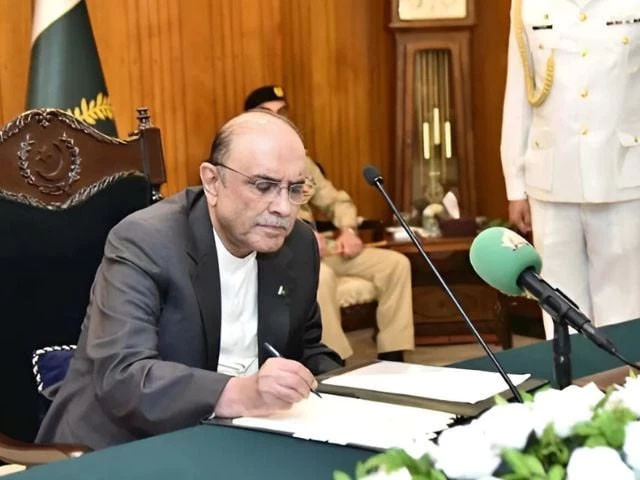An explosive new report from the Fake News Watchdog has cast a shadow of doubt over the authenticity of India’s much-publicised Chandrayaan-3 lunar mission.
The 65-page white paper, released recently, claims that the mission was largely a media spectacle rather than a scientific achievement.
The watchdog reported that live visuals of the moon landing, which were broadcast to millions worldwide, were created using computer-generated graphics (CGI).
The “live” footage of Chandrayaan-3’s descent and landing was, according to the report, fabricated and presented within a staged environment.
The command centre scenes shown on national television were also described as being choreographed, giving viewers the impression of a high-stakes space mission.
The report raises concerns about the transparency of the Indian Space Research Organisation (ISRO) and challenges the space agency’s claim of landing at the Moon’s south pole.
Read: India’s satellite launch fails after technical fault in PSLV rocket
The watchdog contends that the actual landing site was 630 kilometers away from the claimed location.
Moreover, Chandrayaan-3’s mission reportedly failed to deliver scientific data or post-landing rover footage, with alleged faults in the lander’s navigation system and mechanical limitations preventing the rover from operating as claimed.
International experts, particularly from China, have questioned the scientific validity of the mission, calling into doubt the authenticity of ISRO’s findings.
The report criticizes India’s use of the space programme for political purposes, rather than genuine scientific exploration, alleging that the mission served as a tool for regional posturing and image-building.
Pro-government media in India, according to the report, presented the mission as a triumph of national pride without providing verifiable results.
Furthermore, the report highlights India’s broader military ambitions in space, linking the Chandrayaan-3 mission to defence objectives.
The watchdog accuses the ruling Bharatiya Janata Party (BJP) government of leveraging ISRO’s advancements for military purposes, especially in its rivalry with Pakistan and China.
Read More: India achieves space docking milestone with SpaDeX mission
The paper references India’s 2019 anti-satellite test, “Mission Shakti”, and the establishment of military institutions like the Defence Space Agency (DSA) as evidence of militarisation of space.
The report also sheds light on India’s satellite programme, revealing that 10 out of the country’s 56 satellites are used by the military for surveillance, navigation and communication during operations like “Operation Sindoor”.
It criticises the Indian government’s “Space Vision 2047” and “Make in India” initiatives, labelling them as propaganda tools to foster a brand of technological nationalism rather than serving public interest.
While India’s defence budget has surpassed $86 billion – nearly nine times the size of Pakistan’s – the report underscores the stark contrast between this investment and the fact that over 300 million Indians still lack access to necessities such as clean water, electricity and sanitation.
The report concludes by accusing India’s media of using artificial intelligence (AI) to manipulate national narratives and promote fake news, a practice that has backfired on global platforms.
The Fake News Watchdog claims that India’s space missions, including Chandrayaan-3, are primarily for political optics, raising serious concerns about the country’s space programme’s ethics, transparency and intent.




